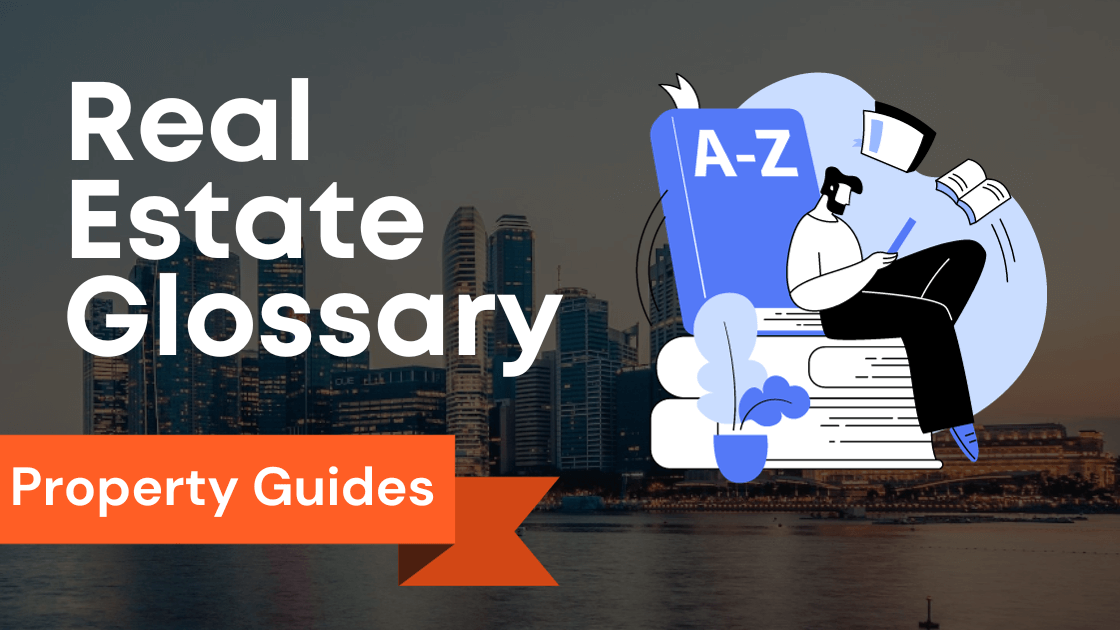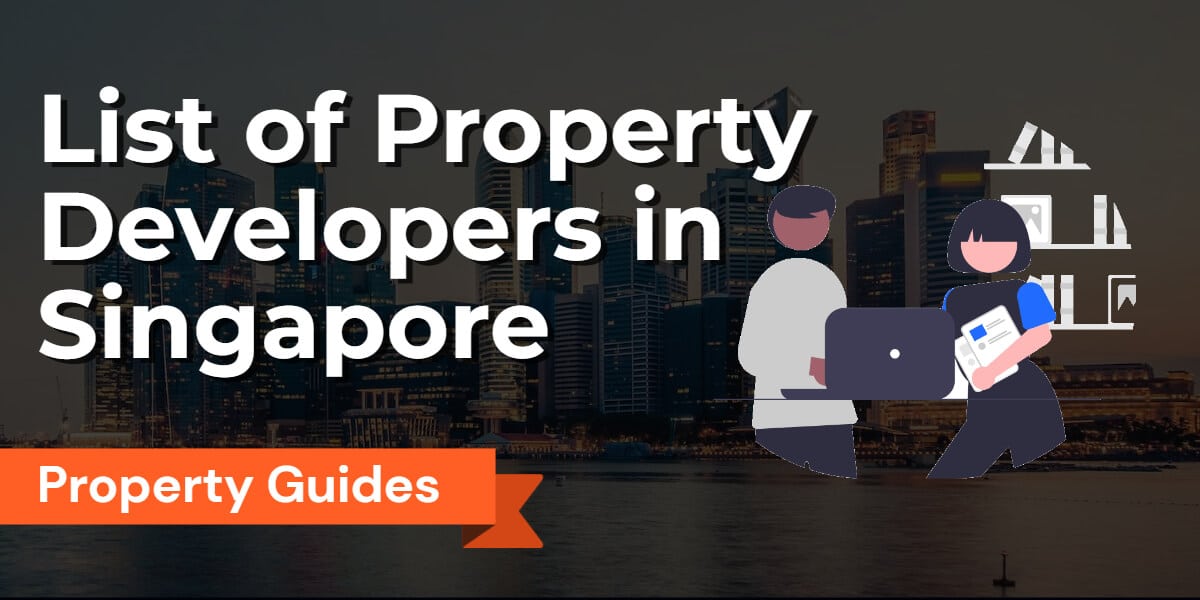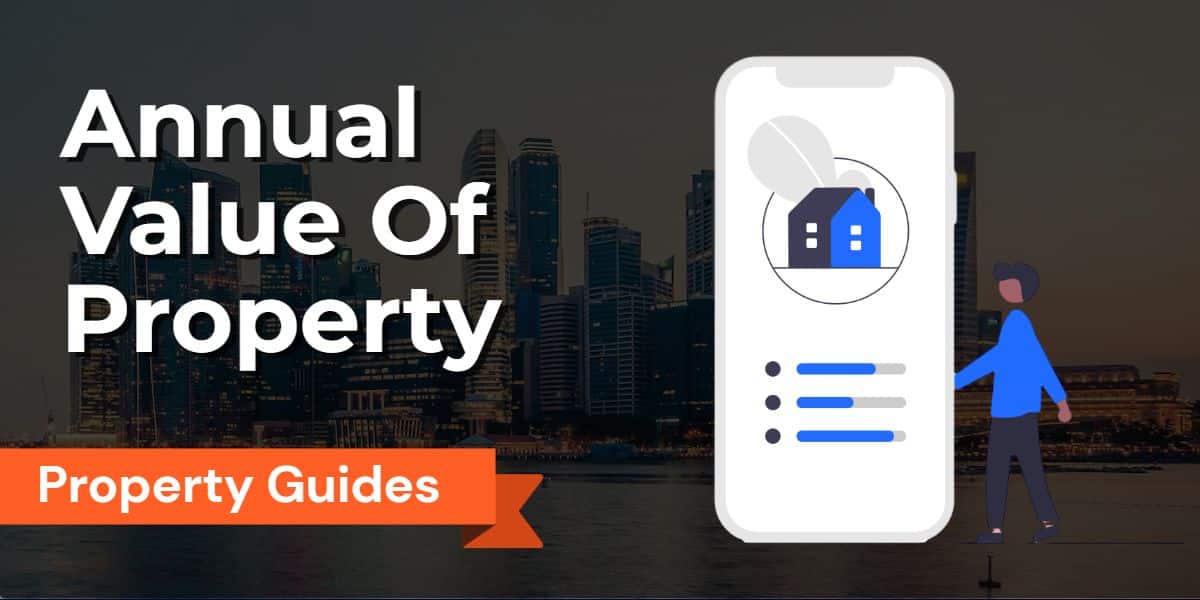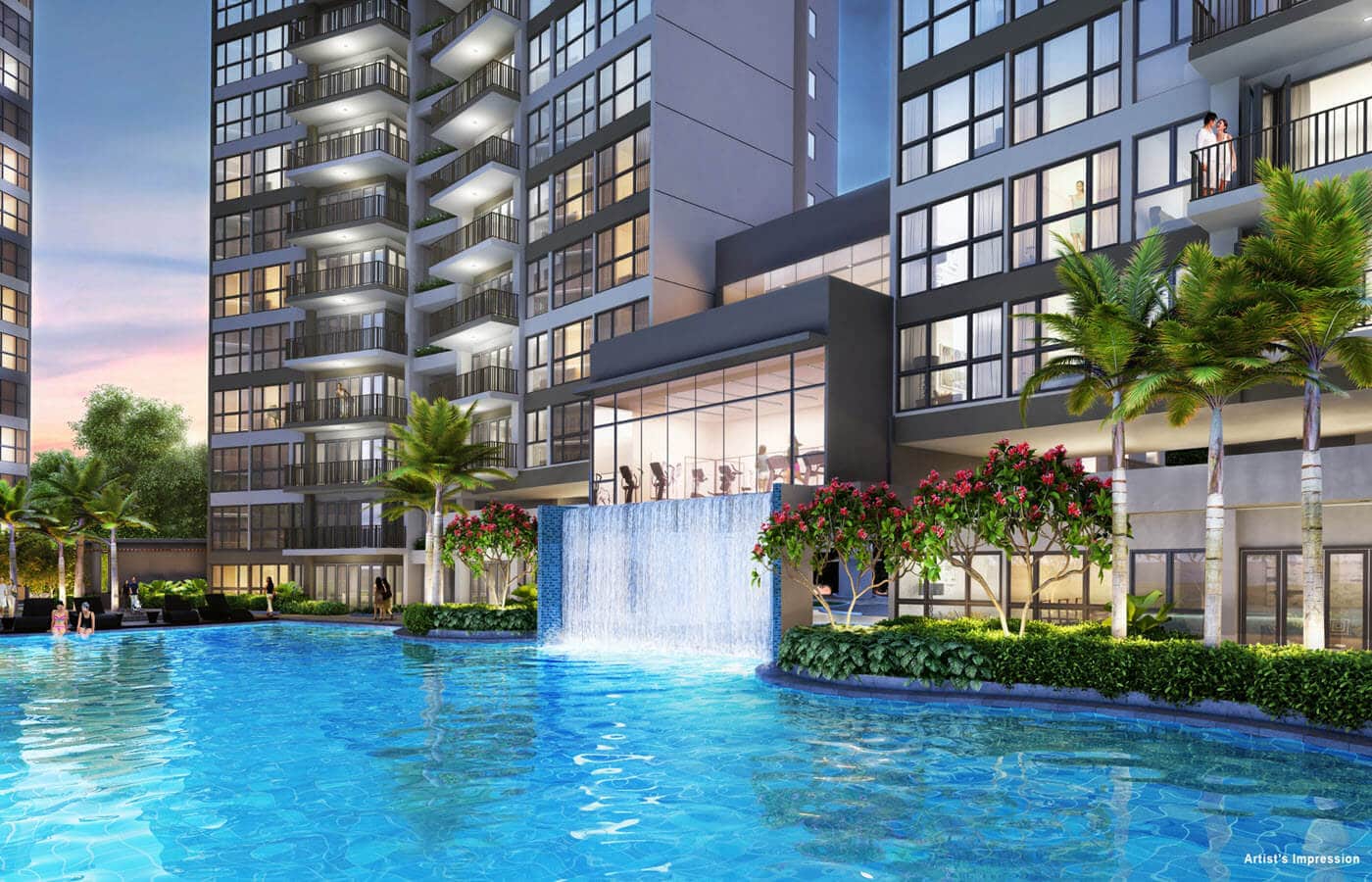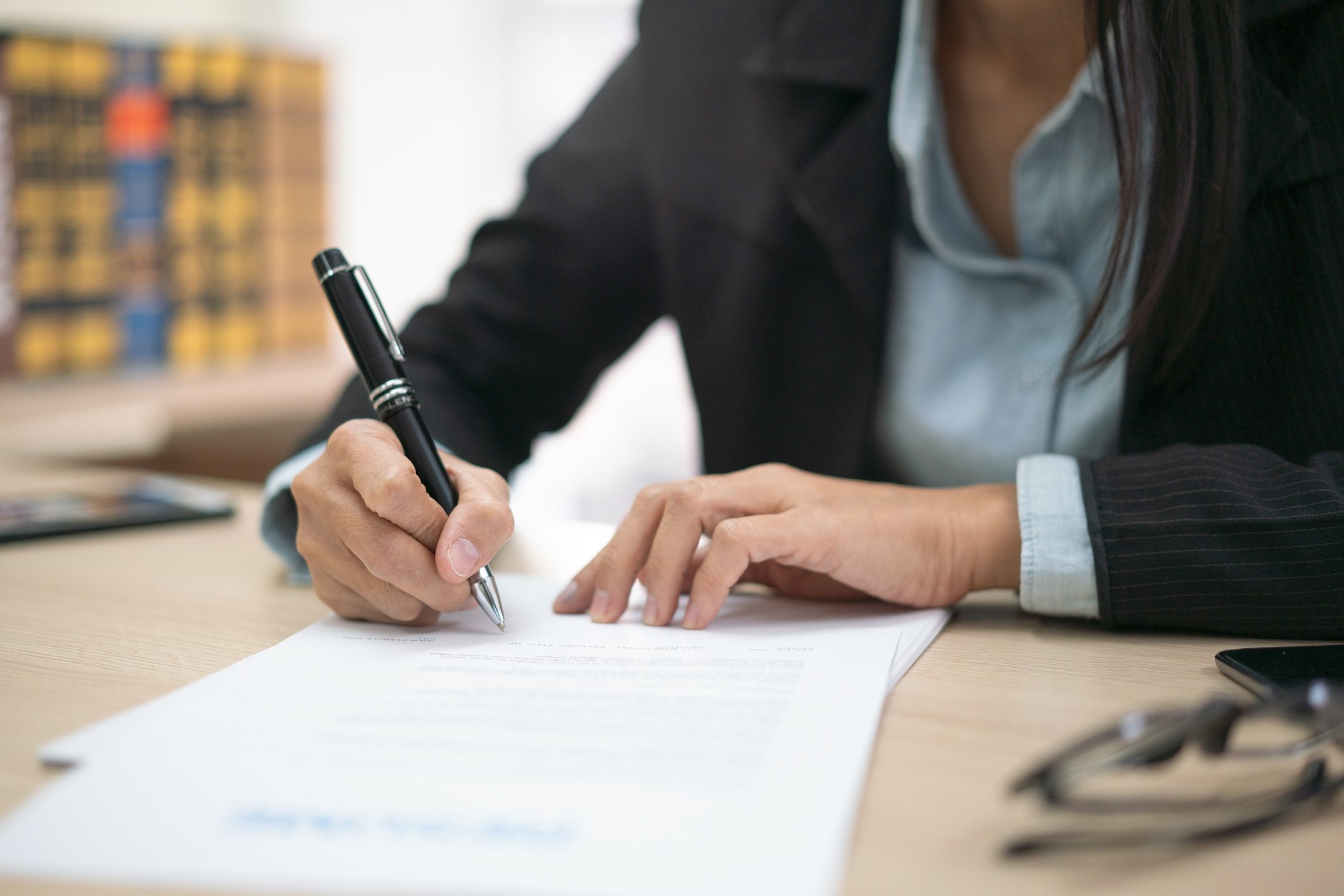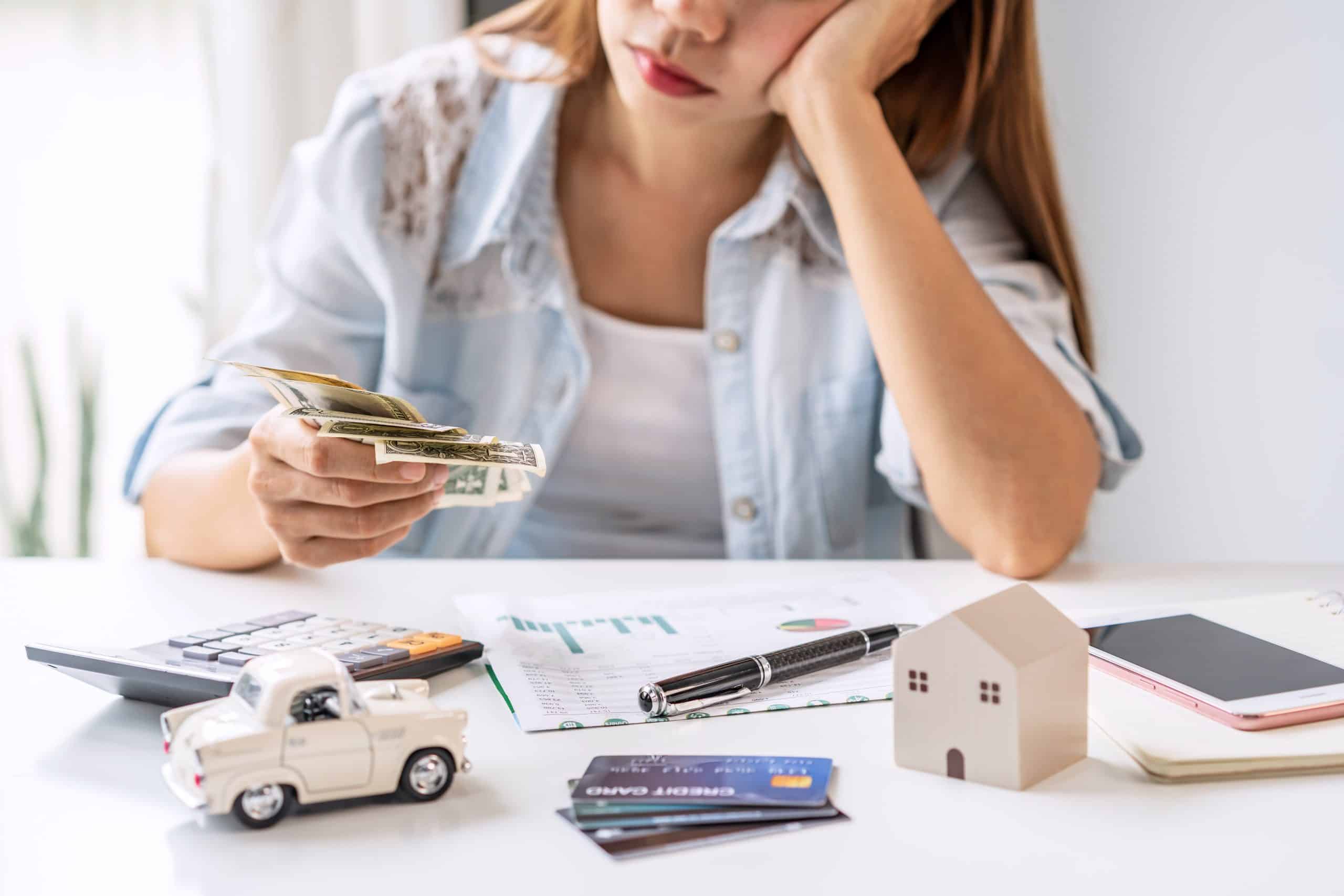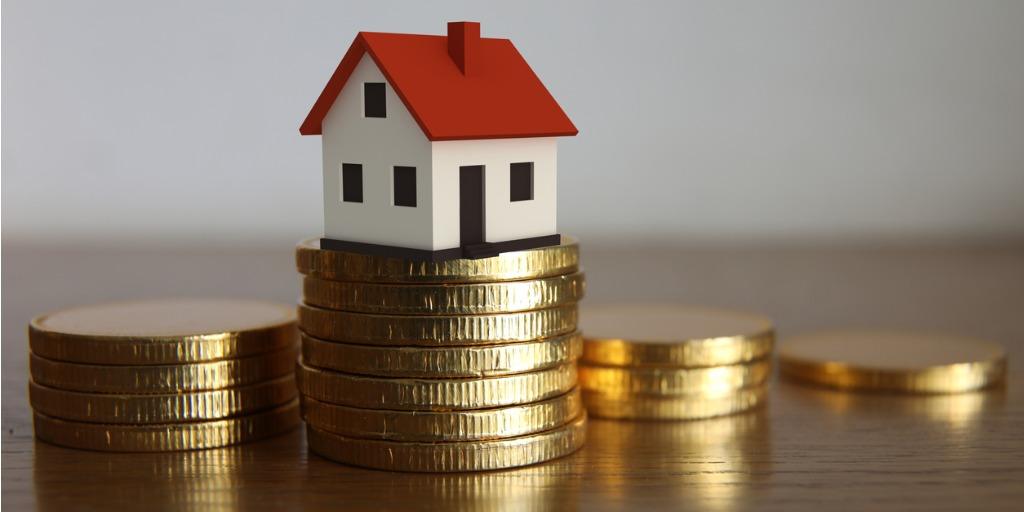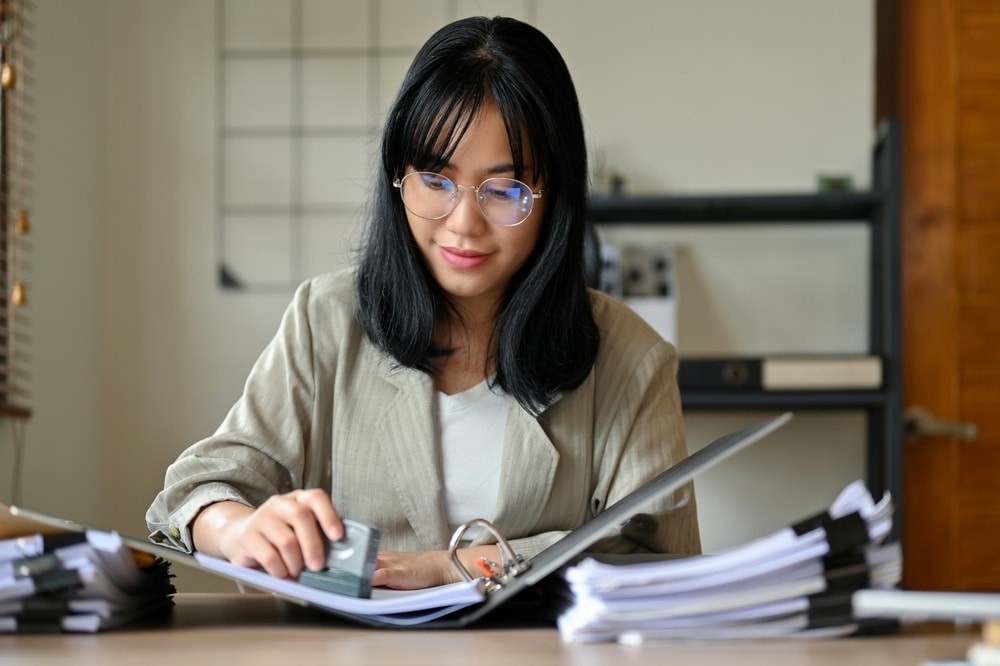
In this blog, we’ll break down the basics of BSD, including its calculation based on the property’s purchase price or market value.
We’ll also explore Additional Buyer Stamp Duty (ABSD), which is an additional tax imposed on specific categories of buyers.
Get ready to navigate the world of stamp duty and make informed decisions when buying a property in Singapore.
Key Takeaways
| Key Takeaway | Description |
|---|---|
| Buyer Stamp Duty (BSD) | A tax levied on buyers purchasing residential properties in Singapore is calculated based on the property’s purchase price or market value, whichever is higher. Rates vary for different buyer categories, ranging from 1% to 20%. |
| Additional Buyer Stamp Duty (ABSD) | An additional tax is imposed on specific categories of buyers purchasing residential properties in Singapore, such as second-time home buyers (citizens and permanent residents), foreigners, and entities like companies and trusts. Rates range from 12% to 25%, depending on the buyer category. |
| ABSD Remission | Eligible second-time home buyers (citizens and permanent residents) can qualify for ABSD remission by selling their first property within six months of buying the second one. This allows them to be refunded. The ABSD paid on the second property. |
| Seller Stamp Duty (SSD) | A tax on profits is imposed on sellers who sell their residential property within a specific period (holding period) of purchase, which is currently set at three years. The SSD rate ranges from 4% to 12% of the property price or market value, whichever is higher. |
| CPF Usage for Stamp Duty | Singapore citizens and permanent residents can use their CPF Ordinary Account (OA) to pay for buyer stamp duty up to a limit of 15% of the lower value between the purchase price or property value. Non-permanent residents cannot use CPF for stamp duty payment. |
| Recent Changes in BSD Rates | On February 20, 2018, new buyer stamp duty rates were implemented, with varying rates for residential and non-residential properties. The changes aim to promote a sustainable property market. |
Understanding Buyer Stamp Duty in Singapore
When buying a property in Singapore, it is important to understand the concept of buyer stamp duty (BSD).
Stamp duty is a tax imposed on the purchase of residential and non-residential properties.
In this article, we will discuss the various aspects of buyer stamp duty and additional buyer stamp duty (ABSD) that you must be aware of before purchasing any property.
Overview of Stamp Duty for Residential Properties
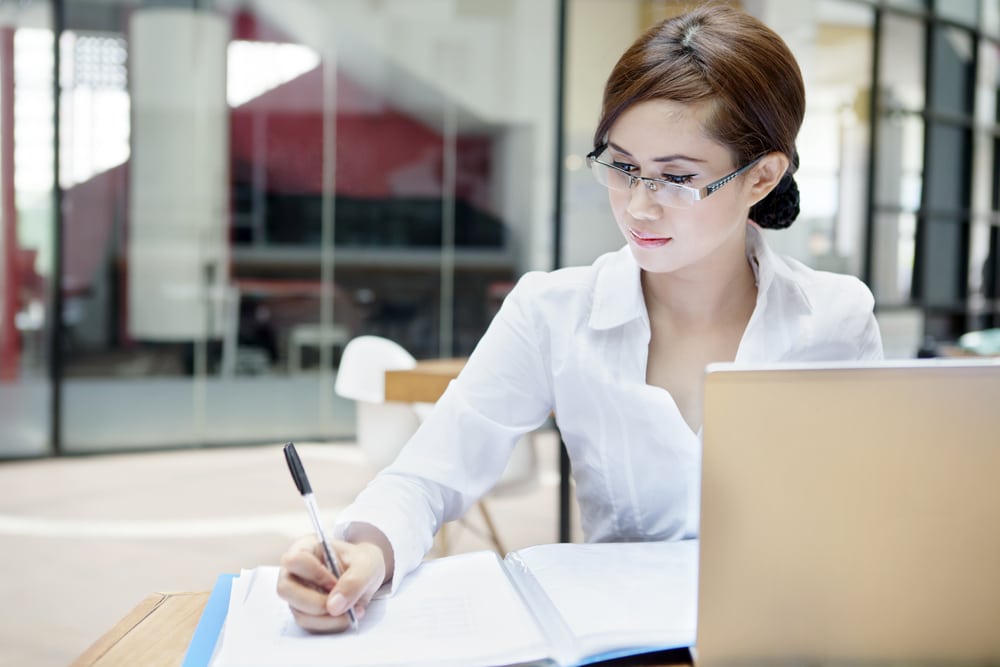
What is Buyer Stamp Duty?
Buyer stamp duty (BSD) is a tax levied on buyers who buy residential properties in Singapore.
This tax is paid on the property’s purchase price or market value, whichever is higher.
What is Additional Buyer Stamp Duty?
Additional buyer stamp duty (ABSD) is an additional tax imposed on certain categories of buyers who purchase residential properties in Singapore.
ABSD is meant to cool down the property market and ensure Singaporeans can access affordable housing.
How is Buyer Stamp Duty Calculated?
The BSD rate for residential properties in Singapore depends on the property’s purchase price or market value, whichever is higher.
If you are buying your first residential property in Singapore and you are a Singapore Citizen, the BSD payable is 1% on the first S$180,000, 2% on the next S$180,000, and 3% on the remaining amount.
If you are a Permanent Resident, the BSD payable is 5% on the entire purchase price or market value of the property, whichever is higher.
Foreigners need to pay a BSD of 20%.
The Role of ABSD (Additional Buyer Stamp Duty) in Property Transactions
Who Needs to Pay ABSD?
ABSD is payable on top of BSD by specific categories of buyers who purchase residential properties in Singapore.
The following categories of buyers are required to pay ABSD:
- Second-time home buyers who are Singapore Citizens or Permanent Residents
- Foreigners
- Entities such as companies and trusts
What are the ABSD Rates?
The ABSD rates for different categories of buyers are as follows:
- Second-time home buyers who are Singapore Citizens: 12% on the entire purchase price or market value of the property, whichever is higher.
- However, they can enjoy ABSD remission if they sell their first property within 6 months of buying the second one.
- Second-time home buyers who are Permanent Residents: 15% on the entire purchase price or market value of the property, whichever is higher.
- Foreigners: 20% on the entire purchase price or market value of the property, whichever is higher.
- Entities such as companies and trusts: 25% on the entire purchase price or market value of the property, whichever is higher.
How to Qualify for ABSD Remission?
If you are a second-time home buyer who is a Singapore Citizen or Permanent Resident, you can qualify for ABSD remission if you sell your first property within 6 months of buying your second property.
This means that you will be refunded the ABSD paid on your second property.
Requirements and Conditions for Remission of Buyer Stamp Duty
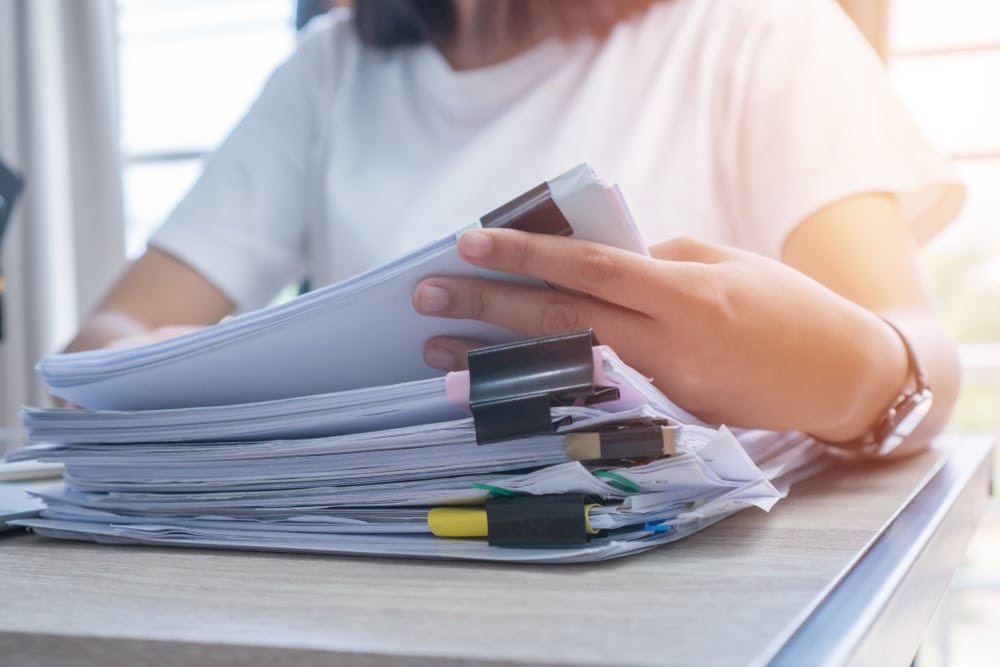
What is BSD Remission?
Buyer stamp duty remission is a measure that allows specific categories of buyers to pay a lower BSD rate or no BSD at all.
The following categories of buyers are eligible for BSD remission:
- Singapore Citizens and Permanent Residents who are purchasing their first residential property in Singapore
- Permanent Residents who are purchasing their second residential property in Singapore
- Property developers who are buying immovable properties for development or investment purposes
What are the Requirements for BSD Remission?
In order to qualify for BSD remission, the following requirements must be met:
- The buyer must be a Singapore Citizen or Permanent Resident
- The buyer or the buyer’s spouse must not own any residential property in Singapore
- The buyer must not own more than one residential property in Singapore after the purchase
How to Apply for BSD Remission?
You can apply for BSD remission when you submit your purchase agreement to the Inland Revenue Authority of Singapore (IRAS).
You will need to provide all the necessary documents and fulfill all the conditions to qualify for BSD remission.
Calculating Stamp Duty: How Much Do You Need to Pay?
What is the Buyer Stamp Duty Rate?
The BSD rate for residential properties in Singapore depends on the property’s purchase price or market value, whichever is higher.
The BSD rates for different purchase prices or market value ranges are as follows:
- 0% for the first S$180,000
- 1% for the next S$180,000
- 2% for the next S$640,000
- 3% for the next S$1 million
- 4% for the next S$1.
- 2 million
- 5% for the remaining amount
How is the BSD Rate Calculated?
The BSD rate is calculated based on the property’s purchase price or market value, whichever is higher.
For example, if the purchase price of a property is S$1 million, the BSD payable would be:
- 1% on the first S$180,000 (S$1,800)
- 2% on the next S$180,000 (S$3,600)
- 3% on the remaining S$640,000 (S$19,200)
- Total BSD payable = S$24,600
How to Calculate ABSD for Different Property Types?
The ABSD rate for residential properties in Singapore depends on the buyer’s nationality and the number of residential properties owned in Singapore.
If you are a Singapore Citizen or Permanent Resident and are buying your first residential property in Singapore, you do not need to pay ABSD.
However, if you are a Permanent Resident or Foreigner, and you are buying your second or subsequent residential property in Singapore, you need to pay ABSD.
The ABSD rates for different categories of buyers are discussed earlier in this article.
Additional Buyer Stamp Duty: Key Differences
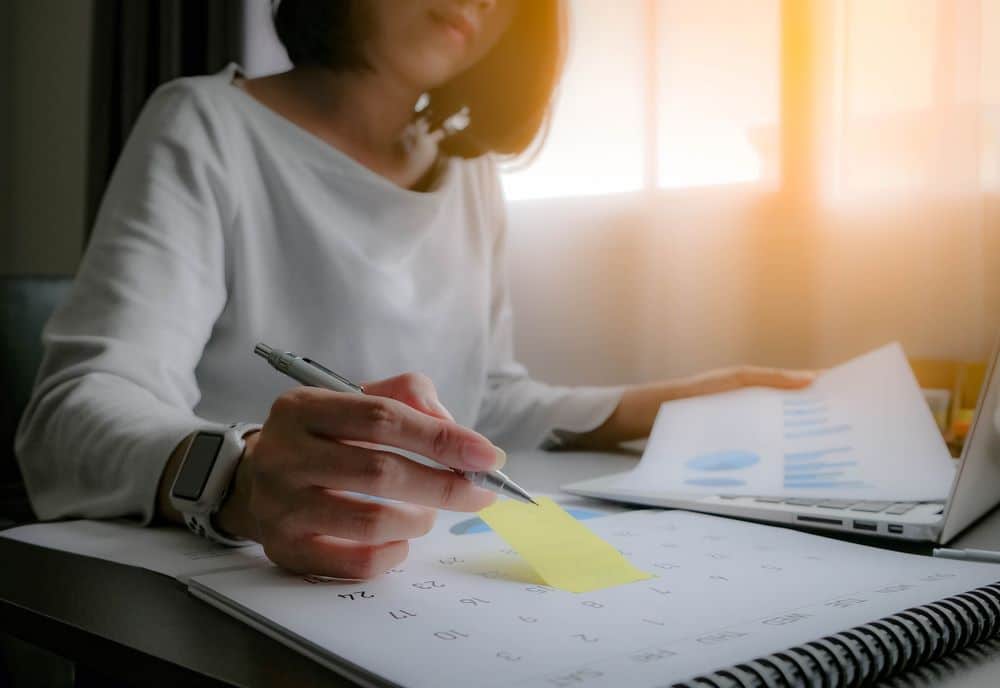
What is the Difference Between BSD and ABSD?
The key difference between BSD and ABSD is that BSD is payable to all buyers who purchase residential properties in Singapore, whereas ABSD is only payable to specific categories of buyers.
ABSD is meant to cool down the property market and ensure Singaporeans can access affordable housing.
When Do You Need to Pay BSD and ABSD?
BSD is payable when you buy a residential property in Singapore, whereas ABSD is only payable to specific categories of buyers who buy their second or subsequent residential property in Singapore.
How Much Do You Need to Pay for BSD and ABSD?
The BSD payable depends on the property’s purchase price or market value, whereas the ABSD payable depends on the buyer’s nationality and the number of residential properties owned in Singapore.
The rates for BSD and ABSD are discussed earlier in this article.
Foreign Buyers and Buyer Stamp Duty in Singapore

Do Foreign Buyers Need to Pay BSD or ABSD?
Foreign buyers need to pay both BSD and ABSD when buying residential properties in Singapore.
What are the BSD and ABSD rates for Foreign Buyers?
Foreign buyers need to pay a BSD of 20% and an ABSD of 20% on their second or subsequent residential property purchases in Singapore.
How to Calculate BSD and ABSD for Foreign Buyers?
The BSD and ABSD rates for foreign buyers are discussed earlier in this article.
The BSD and ABSD payable depend on the property’s purchase price or market value and the number of residential properties owned in Singapore.
It is important to note that the rates and requirements discussed in this article are accurate as of 2023.
We recommend that you check with the Inland Revenue Authority of Singapore (IRAS) to get the most up-to-date information on buyer stamp duty and additional buyer stamp duty.
Buyer and additional stamp duty are essential considerations when buying a property in Singapore.
Potential buyers should understand the rates and requirements associated with these taxes to avoid any surprises during the property purchase process.
Seller Stamp Duty: Implications for Property Sellers

Understanding Seller Stamp Duty
Seller Stamp Duty (SSD) is a tax on the profits of sellers who have sold their residential property within a specific period of purchase.
This period is also known as the holding period.
The holding period of a property is the duration between the purchase date and the date of the sale of the property.
If a seller sells a property within the holding period, they will need to pay an SSD to the Singapore Government.
The seller should consult with their property agent or legal advisor to determine if SSD applies to them.
When is Seller Stamp Duty Applicable?
Sellers of residential properties, including HDB flats, private properties, and executive condominiums, will be subject to SSD if they sell the property within three years from the date of purchase.
For properties purchased on or after 11 March 2017, the holding period before an SSD is payable is now three years, regardless of the number of subsequent property purchases the owner has made.
Calculation of Seller Stamp Duty
The calculation of SSD will depend on the property price and the date of purchase and sale.
The applicable SSD rate will vary from 4% to 12% of the property price or the market value of the property sold, whichever is higher.
The calculation rules determine the effective SSD rate.
Exploring the Additional Buyer Stamp Duty (ABSD) Remission Scheme
What is ABSD Remission?
The Additional Buyer Stamp Duty (ABSD) is a tax imposed on top of the buyer stamp duty for any residential property purchase.
However, the government provides an ABSD remission scheme that provides some conditions under which the ABSD is not applicable.
If the buyer meets the specified conditions, they are entitled to a remission of a certain percentage of the ABSD that they are required to pay.
Conditions for ABSD Remission
The ABSD remission scheme is available to eligible buyers who intend to purchase a second residential property in Singapore.
The conditions for ABSD remission include the following:
- The buyer must be a Singapore Permanent Resident (SPR) or a Singapore Citizen (SC).
- The buyer must not own any other residential property in Singapore, whether as a sole or joint owner or whether it is a direct or indirect interest.
- The buyer must have disposed of all the residential properties that they or their spouse have an interest in within six months of acquiring the new property.
- The buyer must not acquire any other residential property on or after the effective date of the new property purchase.
How to Apply for ABSD Remission?
Buyers who have met the conditions required for ABSD remission can submit an application for remission on the Inland Revenue Authority of Singapore (IRAS) website.
The application must be submitted within six months from the date of the new property purchase.
Buyers who have received the ABSD remission must comply with the specified conditions, or they may have to pay back the remitted amount in whole or in part.
Steps to Paying Stamp Duty for Property Transactions in Singapore
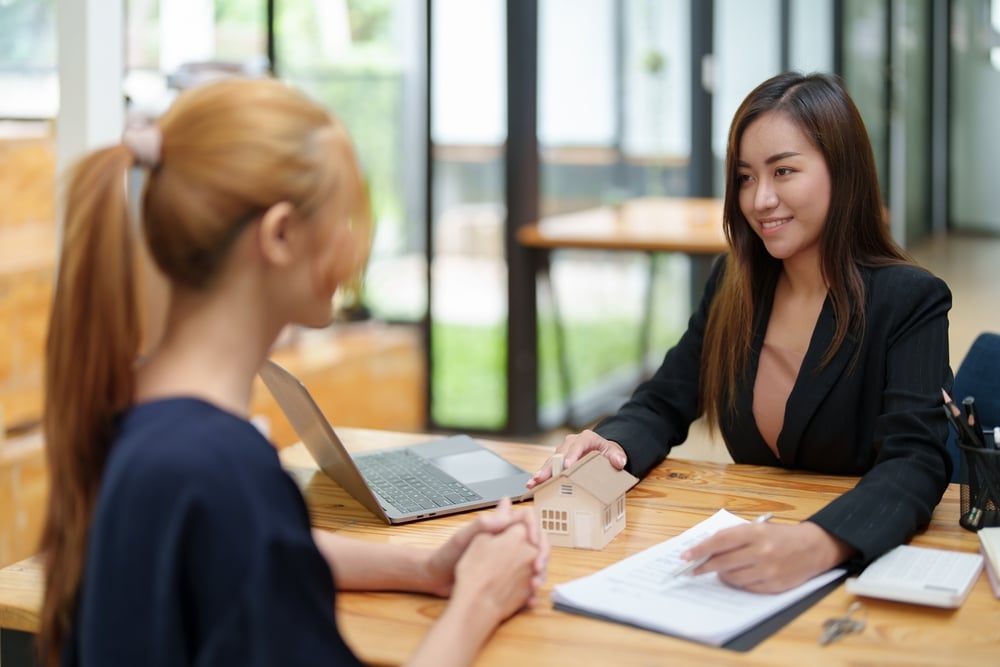
Types of Stamp Duties
There are three types of stamp duties payable for property transactions in Singapore, namely Buyer Stamp Duty (BSD), Additional Buyer Stamp Duty (ABSD), and Seller Stamp Duty (SSD).
Calculating Buyer Stamp Duty
The calculation of the Buyer Stamp Duty is based on the purchase price or market value of the residential property, whichever is higher.
For first-time buyers of residential property, the BSD rate is 1%.
For subsequent buyers, the rate ranges from 4% to 12%, depending on the property price, citizenship status, and whether you are purchasing an additional property.
The property stamp duty calculator on the IRAS website can help buyers to calculate the amount of stamp duty payable.
Payment Modes and Validity Period
Stamp duty payments can be made via cash, cheque, cash card, or NETS, and they must be paid within 14 days from the date of signing the option to purchase or from exercising the option.
If the payment is made by cheque, it must be in Singapore dollars and made payable to the Comptroller of Property Tax.
It is important to remember that the validity period of an option to purchase cannot exceed 21 weeks for properties in excess of S$1 million or 14 weeks for HDB flats and properties below S$1 million, whichever is earlier.
Inherited Property and Buyer Stamp Duty: What You Need to Know
Does Inheriting a Property Mean Paying BSD?
Inheriting a property is not viewed as a purchase; therefore, there is no buyer stamp duty to be paid.
However, when the person who inherits the property sells it, they may be liable to pay seller stamp duty if they sell it within the prescribed holding period, as outlined earlier.
Calculation of BSD for Inherited Properties
Inherited properties are exempt from buyer stamp duty.
Nevertheless, the value of the inherited property will still be included in the total value of properties owned by an individual.
This means that in cases where the inherited property puts the individual over the Additional Buyer Stamp Duty threshold, the individual will be required to pay ABSD for any subsequent property purchases or transactions.
Transitional Provision for Inherited Properties
In situations where an inherited property changes from a residential property into a living or commercial trust, it is subjected to the applicable ABSD rate.
The deadline for making payment for the ABSD remission is 14th Feb 2023 for affected abandoned options before 5 July 2018 and 15 February 2023 for affected abandoned options from 5 July 2018 to 19 Feb 2021.
In addition, properties that have met the requirements of the transitional provision between 20 Feb 2021 and 31 Aug 2022 will also be subjected to the applicable ABSD rate if there is a transfer, sale, or disposal of an owner’s beneficial interest in the property.
Understanding CPF (Central Provident Fund) and Buyer Stamp Duty
Can CPF be Used to Pay Stamp Duty?
CPF funds can be used to pay for the buyer’s stamp duty, but only to a certain limit.
Singapore citizens and permanent residents can use their CPF Ordinary Account (OA) to pay for the stamp duty on a residential property purchase.
Non-permanent residents, however, are not allowed to use their CPF for stamp duty.
CPF Usage Limits for Stamp Duty
The CPF usage limit for stamp duty payment is 15% of the lower value between the purchase price and the value of the property.
Also, investors or buyers who have fully paid off their home loans and have used their CPF to pay for the home loan and stamp duty in their previous property purchase can use their CPF in their subsequent property purchase even if they have not met the Minimum Sum requirement.
How to Pay Stamp Duty Using CPF?
Buyers who wish to use their CPF to pay for the stamp duty must complete and submit the Application for Payment of Property Stamp Duty and/or Conveyancing Fee form and the relevant supporting documents to the CPF Board for approval.
Buyers who fail to meet the CPF usage limits will have to pay the remaining stamp duty in cash.
Recent Changes in Buyer Stamp Duty Rates: Updates and Implications

What are the recent changes in buyer stamp duty rates in Singapore?
On February 19, 2018, Singapore’s Minister for National Development, Lawrence Wong, announced changes in the buyer stamp duty rates, which took effect on February 20, 2018.
The revised rates are as follows:
- For residential properties:
- First $180,000: 1%
- Next $180,000: 2%
- Next $640,000: 3%
- Remaining amount: 4%
- For non-residential properties:
- First $180,000: 1%
- Next $180,000: 2%
- Remaining amount: 3%
What are the implications of the new buyer stamp duty rates for property buyers?
The recent changes in buyer stamp duty rates are intended to encourage a sustainable property market.
For most property buyers, the new rates will result in savings because the marginal rate of buyer stamp duty for residential properties has been reduced for properties valued up to $1 million, which are typically homes for owner-occupation.
However, buyers of higher-value properties should expect to pay more buyer stamp duty as the marginal rates have been increased for properties with a value exceeding $1 million.
Which properties are affected by the new rates?
The new buyer stamp duty rates apply to all residential and non-residential properties in Singapore, including HDB flats and private properties.
However, first-time property buyers are eligible for a first-time buyer stamp duty remission, as discussed in the next section.
Buyer Stamp Duty for First-Time Property Buyers in Singapore
Do first-time property buyers in Singapore need to pay buyer stamp duty?
Yes, first-time property buyers in Singapore are required to pay buyer stamp duty.
However, they are eligible for a first-time buyer stamp duty remission that can help reduce the cost of buying their first property.
What is the rate of buyer stamp duty for first-time buyers?
The rate of buyer stamp duty for first-time buyers depends on the value of the property they are buying.
First-time buyers of residential properties are eligible for a remission of 100% of the buyer stamp duty for the first $180,000 of the purchase price and a remission of 50% of the buyer stamp duty for the next $180,000 of the purchase price.
There is no remission for amounts exceeding $360,000.
What properties are eligible for first-time buyer stamp duty remission?
First-time buyer stamp duty remission only applies to residential properties, including HDB flats and private properties.
However, the property must meet certain conditions, such as having a maximum market value of $1 million, and must be purchased by Singaporean citizens or Permanent Residents.
Buyer Stamp Duty for Foreigners: Requirements and Considerations

Do foreigners need to pay buyer stamp duty when buying Singaporean properties?
Yes, foreigners buying properties in Singapore are required to pay buyer stamp duty.
The buyer stamp duty rates for foreigners are higher compared to Singaporean citizens and Permanent Residents, and they are not eligible for the first-time buyer stamp duty remission.
What are the requirements for foreigners to be eligible for buyer stamp duty remission?
Foreigners are not eligible for buyer stamp duty remission in Singapore.
However, they may be eligible for remission of the additional buyer stamp duty (ABSD) if they meet specific criteria, such as being a Singapore Permanent Resident or a foreigner married to a Singapore citizen or Permanent Resident.
What are some considerations that foreigners should keep in mind about buying properties in Singapore?
Foreigners who are interested in buying properties in Singapore should be aware of the prevailing property market conditions and regulations.
For example, there are restrictions on the sale and transfer of residential properties, and foreign individuals or entities are not allowed to purchase landed properties in Singapore without approval from the government.
In addition, when buying properties classified as non-residential or investment properties, foreigners must pay a higher rate of buyer stamp duty and additional buyer stamp duty.
Conclusion
In conclusion, understanding buyer stamp duty (BSD) is crucial when purchasing a property in Singapore.
BSD is a tax levied on buyers of residential properties, while additional buyer stamp duty (ABSD) is an additional tax imposed on certain categories of buyers.
The rates and calculations for BSD and ABSD vary based on factors such as purchase price, market value, and buyer’s nationality.
To avoid any surprises during the property purchase process, it is important to be aware of the rates and requirements associated with these taxes.
Additionally, sellers should consider seller stamp duty (SSD), which is applicable if a residential property is sold within a specific holding period.
If you found this article informative, we encourage you to explore our other blog articles for more valuable insights on property-related topics in Singapore.
Remember, having a clear understanding of buyer stamp duty and related taxes is essential for a smooth property buying or selling experience in Singapore.
Frequently Asked Questions
What is BSD?
Buyer Stamp Duty or BSD is a tax paid by the buyer of a property upon purchase in Singapore.
It is a percentage of the property’s purchase price and is paid to the Inland Revenue Authority of Singapore (IRAS) within two weeks of the date of the Option to Purchase.
Do I need to pay for stamp duty?
Yes, if you are buying a property in Singapore, you must pay for the stamp duty.
The amount payable depends on the property type, purchase price, and the applicable stamp duty rates.
What is ABSD, and how is it different from BSD?
Additional Buyer Stamp Duty or ABSD is another tax that is applicable to certain types of property purchases.
It is an extra tax payable on top of the normal BSD and is applicable to buyers who are Singapore citizens, Permanent Residents, or foreigners buying residential properties in Singapore.
How do I pay the ABSD?
The ABSD must be paid within two weeks after the date of the Option to Purchase.
The payment must be made electronically via the IRAS website or via GIRO.
Make sure to have your SingPass or CorpPass ready.
What happens if I do not pay the ABSD?
Failing to pay the ABSD on time will result in late payment penalties.
If you continue not to pay the ABSD despite reminders, legal actions may be taken against you.
Do I need to pay the ABSD even if I am not a buyer of a residential property?
No, ABSD only applies to acquisition and agreements for the purchase of residential properties.
This means if you’re buying commercial properties or acquiring shares of a property holding entity, you’re not liable for ABSD.
Will the ABSD rates be raised?
Yes.
With effect from 27 April 2023, ABSD rates for acquiring residential properties will be raised by one percentage point.
What is the highest applicable ABSD rate, and how is it calculated?
The highest applicable ABSD rate is 20%, which applies to foreigners buying any residential property or entities and purchasing their second or subsequent residential property.
The ABSD is calculated on the purchase price of the property.
When do I need to pay the ABSD for my purchase?
The ABSD must be paid within two weeks from the date of the Option to Purchase.
Do I still need to pay ABSD if I am purchasing my 1st residential property?
No.
Singapore citizens and Permanent Residents are eligible for ABSD remission on their first residential property purchase.
However, they are still required to pay the normal BSD and any other prevailing taxes for property purchases.
Can I transfer my residential property into a living trust?
Yes.
However, stamp duty is payable on the transfer of the residential property based on the property’s market value on the date of transfer.











